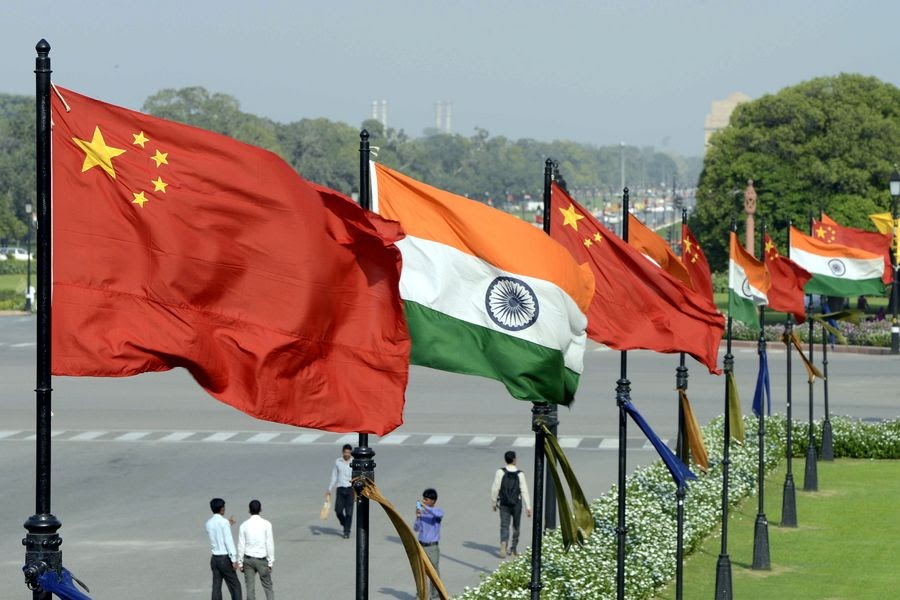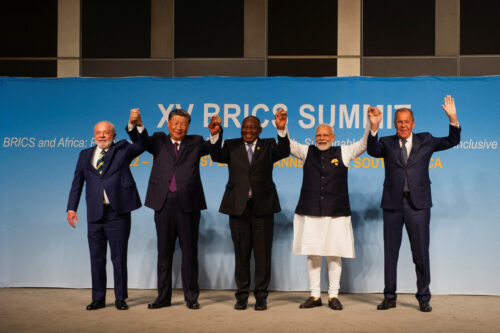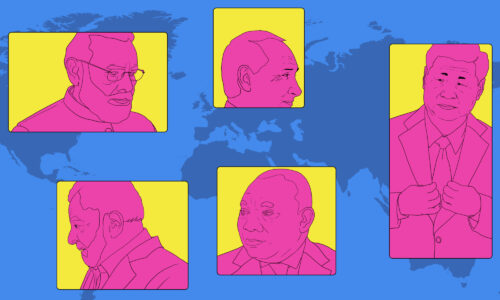India and China hope to resolve border standoff in ‘expeditious manner,’ but dig in for extended conflict
Two months after a bloody border brawl, India and China remain at an impasse at the fuzzy Line of Actual Control. Meanwhile, Indian anti-China nationalism has solidified, and New Delhi continues to turn the screws on Chinese business and even academic connections.

It has now been over two months since long-standing border tensions between India and China erupted in a bloody brawl, leading to the deaths of 20 Indian soldiers and an unknown number of Chinese casualties. Fortunately, no more violent clashes have occurred since then, but talks between the two sides don’t seem to be making much progress toward actually resolving the standoff.
India and China on Thursday held another round of border talks aimed at breaking the impasse along the Line of Actual Control (LAC), with complete disengagement still remaining a far-off prospect and both sides appearing prepared for the long haul.
Thursday’s talks marked the fourth meeting of the Working Mechanism for Consultation and Coordination on India-China Border Affairs (WMCC) since tensions began this summer. More than 10 rounds of high-level talks have since been held…
There still remained gaps between the two sides, acknowledged a statement from the Ministry of External Affairs (MEA) on Thursday, saying both “will continue to sincerely work towards complete disengagement of the troops” and “agreed to resolve the outstanding issues in an expeditious manner and in accordance with the existing agreements and protocols.”
A statement from the Chinese embassy (English, Chinese) said much the same, emphasizing the importance to “further cool down the border situation,” and “properly handle the remaining issues on the ground.”
In practical terms, nothing seems to have changed since early July, when the two sides entered into a fragile détente. A statement posted, and then removed, by the Indian defense ministry on August 6 told China that “the present standoff is likely to be prolonged,” Reuters reported.
Meanwhile, India is dialing up the pressure on China:
- India banned TikTok, WeChat, and 57 other China-based apps at the end of June — and then early this month banned dozens more Chinese apps — in retaliation for the border casualties.
- The Bureau of Indian Standards has “delayed approvals for mobile phone components and televisions, jeopardizing the plans of firms such as Xiaomi as well as Oppo,” Reuters reported last week.
- India is now “adding extra scrutiny for visas and reviewing Beijing’s links with local universities,” Bloomberg reports. “India’s Ministry of External Affairs has been told that visas for Chinese businessmen, academics, industry experts, and advocacy groups will need prior security clearance.”
These steps are probably reacting to Indian public opinion, which has gone extremely negative on China, according to a Mood of the Nation (MOTN) poll released recently by India Today:
This month, an overwhelming 84 percent of MOTN respondents believed Xi Jinping has betrayed Modi. Ninety one percent believe that the government’s banning of Chinese apps and denying contracts to Chinese companies was the right approach to countering Chinese aggression; and 67 percent say they are ready to pay more for goods not made in China.
Unfavorability for China was already increasing in India for years, the scholar Paul Staniland points out, but the border standoff appears to have made anti-Chinese nationalism a much more important part of Indian politics. However, “it’s not yet clear that China will rival Pakistan as a domestic issue,” Staniland comments.
- But what if Pakistan and China collaborate in ways that upset India — more than they already do? The Hindustan Times reports on a visit to China by Pakistan foreign minister Makhdoom Shah Mahmood Qureshi:
Qureshi, people familiar with the matter said, wants China to help upgrade the infrastructure in Sindh, Pakistan-occupied Kashmir and the Gilgit-Baltistan region, the last two regions controlled by Pakistan but claimed by India.
Another curveball on China’s side could come from the fate of Paresh Barua, a leader of the separatist United Liberation Front of Assam, who is reportedly hiding in China’s Yunnan Province. The Asia Sentinel reports that Indian intelligence believes China is funding “PB,” as he is known, and that he is “understood to nurture militant camps inside Myanmar.”
More context to consider:
- Standoff in Ladakh: Ananth Krishnan on the China-India border conflict / Sinica Podcast
-
Chinese Foreign Minister Wang Yi visits Tibet to ‘send message to India’ over border dispute / SCMP
The scholar Taylor Fravel describes this visit as relatively unprovocative: “There’s no reporting of meeting any frontline border units, much less any officers from the Tibetan Military District.” - India, Japan, Australia keen to boost supply chain security by reducing reliance on China / SCMP
- India cannot ‘completely block off’ all ties with China, former national security advisor says / CNBC






